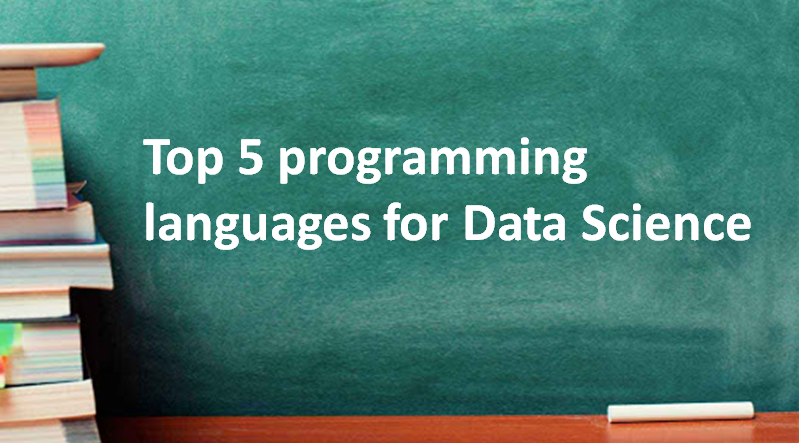
Top 5 Programming languages for Data Science
Data Science is one of the fastest-growing industries with a vast number of tools to satisfy your needs. Let’s go through the different data science languages and determine how to choose the best language
There is no “perfect” language for information science. Every language has it’s own personal highlights and capacities that make it work for certain data science professionals.
A few languages might be reasonable for quick prototyping while others might be acceptable at the enterprise level. So, we should clear the confusion and see which is the best language that suits your data science career goals.
Table of Contents
- The Data Science Language Contenders
- Python
- R
- Julia
- Java
- C/C++
- Points of Comparison for these Data Science Languages
- Ease of learning
- Data Handling Capabilities
- Graphical capabilities
- Community
- Job Scenario
Let’s walk through our Data Science Language Competitors
Python
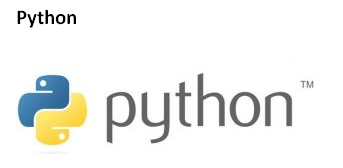
Python is a general-purpose, high-level interpreted language that has been growing quickly in the utilizations of data science, web development, fast application advancement. Its usability and learning have surely made it extremely simple to adjust for fledglings.
Python has productive elevated level data structures and viable execution of object-oriented programming. It has an extensive base library alongside an enormous number of libraries for data science making it probably the most grounded contender.
R Language
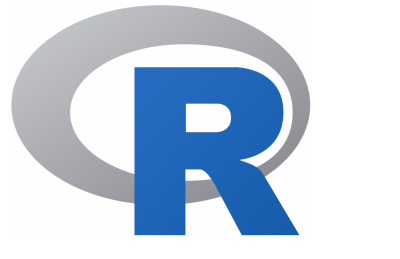
R is a language and environment for statistical and numerical calculation alongside a broad library for plotting charts. It is extraordinary at data-handling with ability and effective exhibit tasks. R is an open-source project.
R comprises of a significant number of statistical functions and libraries for linear and non-linear modeling, time-series modeling, classification, grouping, and substantially more. What separates R from universally useful data science languages? It comprises of great plots which will doubtlessly help you in your examination.
Julia
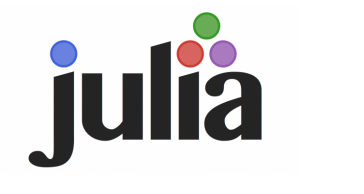
This statement by Julia gives a substance about the language. Julia was created at the renowned MIT and its linguistic structure is formulated from other data analysis libraries like Python, R, Matlab.
It is an high-level language that has linguistic structure as well-disposed as Python and execution as serious as C. It gives a refined compiler, conveyed equal execution, mathematical precision, and a broad numerical capacity library.
Java
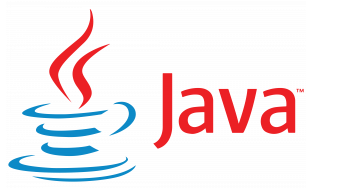
Java is the least shown language for data science however most of conveyed AI projects are written in this language. It was at first evolved by James Gosling at Sun Microsystems and later procured by Oracle.
It is a general-purpose high-level language and it has become one of the most famous and received languages for applications in the field of mobile and web advancement. Huge numbers of the big data applications like Hadoop, Hive have been written in Java. Additionally, with the appearance of famous AI libraries like Weka, Java has discovered prevalence among data science researchers.
C/C++

C/C++ is most likely one of the more established languages however they are as yet pertinent to date in the field of information science. Despite the fact that you won’t locate any extravagant libraries for AI like those accessible inside Python however these languages have solid importance in the field of big data like the execution of MapReduce structure for C/C++.
C/C++ is a low-level language that makes it be less well known among data science researchers however its computational speed is unique.
Things being what they are, Which Data Science Language is Right For You?
Ease of Learning
There is no uncertainty that Python is one of the easiest and most rich dialects. Its usability has made it the go-to language. It doesn’t have a variable assertion! It’s that straightforward. These highlights assist you with focus on what’s significant and not invest your greater part of time debugging your content.
R has a very specific group of clients whose primary focus is on statistical analysis. It is a low-level programming language and subsequently basic procedures can take longer codes.
As referenced above, Julia inherits its syntax from a portion of the existing data science languages like – Python, R, and Matlab.
The Java is relatively simpler to learn while the C/C++ is quite vast and takes a long to master.
For programmers, you can definitely hop to machine learning from your favored language but for newcomers, you can start with Python or R.
Data Handling Capabilities
R processes everything in memory (RAM) and thus the calculations were restricted by the measure of RAM on 32-digit machines. This is not true anymore. Python and R have great data handling abilities and alternatives for equal calculations. This I feel is not, at this point a major separation.
Julia has uncommon data dealing abilities and is a lot quicker than Python runs effectively like C language.
The greater part of the well-known frameworks and tools utilized for Big Data like Fink, Hadoop, Hive, and Spark are normally written in Java. This incorporates Fink, Hadoop, Hive, and Spark.
C/C++ is a generally low-level language and offers significantly more efficient and speed but it is clearly a time-consuming task.
Graphical Capabilities
A significant part of any data science project is the nature of its visualization. Your first data science language must be extraordinary in its visualization capacities.
Python accompanies an incredible set of visualization libraries like matplotlib, plotly, seaborn. You can frame data in type of bar chart, scatter charts, and so forth and redo the size and axis as indicated by your requirements.
R has a very fortress in data visualization. It was worked for analysts and statisticians to visualize the outcomes. ggplot is one of the cherished libraries. You can make static and dynamic charts that are most likely going to communicate your data in a natural way.
Julia is still at an early stage for data visualization and community uphold. It doesn’t offer the variety that Python and R offer however don’t confuse it with being a failure. JuliaPlots offers many plotting choices that are basic yet ground-breaking.
Java and C/C++ are normally utilized in applications that require more customization, and application- specific projects. These don’t comprise of notable data visualization libraries like Python and R.
In the event that you anticipate a data science-based role which requires data visualization at high recurrence than I’d recommend you to take up R (for statistical analysis) or Python (machine learning and deep learning)
Community
Do you can’t help thinking about why community matters? Community commitment turns into the overwhelming element when you work with open-source libraries. Since these libraries are absolutely liberated from cost, the contributors make any library effective. The main disadvantage of every one of these languages is that there is no client assistance.
Python and R have a solid community for data science and data analytics and that is the manner by which we have hundreds and thousands of new libraries entering the range. A ton of experts are getting settled with Julia and henceforth the network is developing.
Java, C/C++ does not have a solid community with regards to data science and analytics.
Job Scenario
Python and R are the most received open-source data science languages, new companies are looking towards recruiting professionals with these ranges of abilities. Organizations recruiting specifically for Julia are unquestionably extremely low. These organizations usually notice Julia’s skill as an addition or organization working in the research area.
Enterprise organizations still use Java as their primary language for deploying data science projects. Thereby, having Java as an essential skillset.
C/C++ for machine learning projects are either utilised by research organizations or by enthusiasts.
The best way to judge each language on the points of differentiation is by making your career path clear and then going through each point one-by-one.



